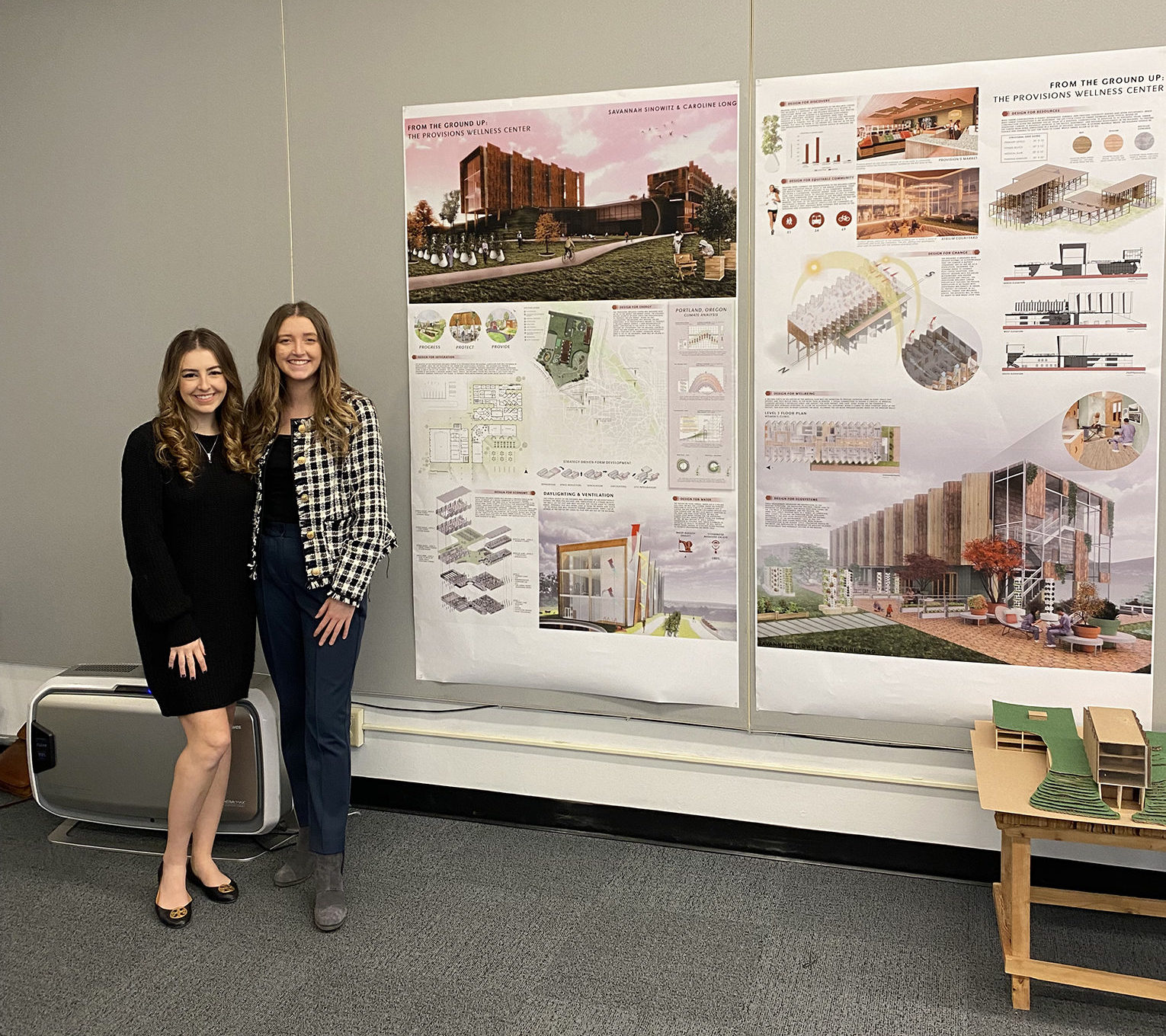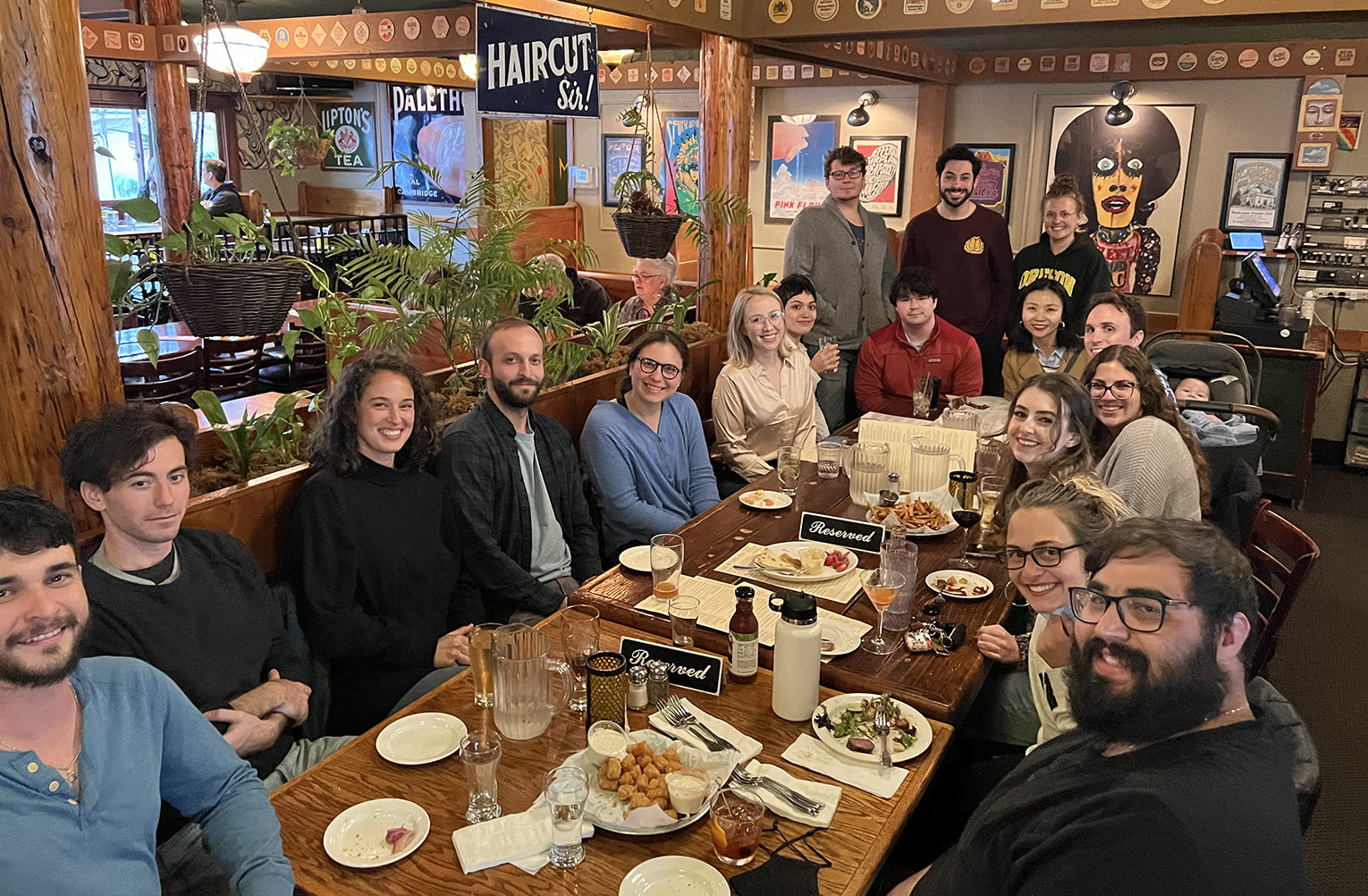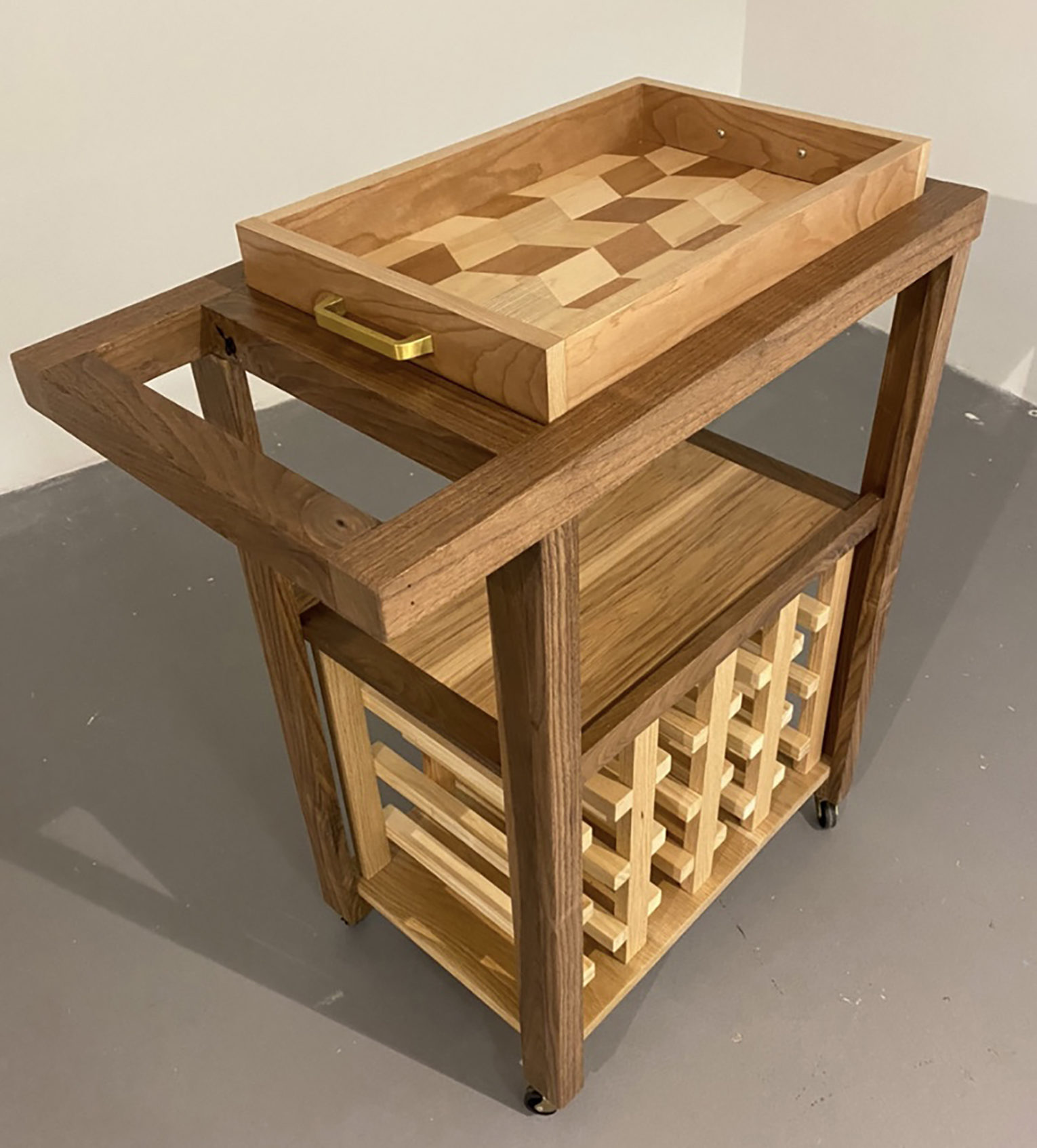In 2004, the firm now known as FFA Architecture and Interiors, established a University of Oregon scholarship to support graduate students focused on the study of urban architecture, with special consideration given to eligible students enrolled in the College of Design’s Portland Program. 28 students, and over $50,000 later, the scholarship continues to recognize outstanding future architects by providing financial support in their graduate studies.
In 2023, Master’s Candidate Savannah Sinowitz was selected for the award. Savannah, who has held a 4.0 GPA throughout her academic career, is pursuing a double-major in Architecture as well as Interior Architecture and is looking forward to graduation. We wanted to shed some light on the positive impact the scholarship has had on outstanding students like Savannah, by talking to her about what got her to this point, and the effect this, as well as other scholarships have had on her academic journey.

FFA: What drew you to architecture? Was there a particular “ah-ha moment”?
SS: Growing up, I was always very artistic. I loved exploring my creative side, and I really let it flourish in high school. When it came time to apply for college, I ignored my artistic instincts and applied to school as a business major. It was only after meeting with an academic advisor at one of the potential colleges did it dawn on me business wasn’t a perfect fit, as there was no room in the schedule to take any creative courses. That advisor encouraged me to listen to that instinct and check out the architecture school, right across from the building we were in. As soon as I stepped foot in the architecture building and saw the physical models and examples of student work, I had that ‘ah-ha moment.’ I went home and re-applied to a new list of schools all for architecture, and that was almost eight years ago now.
FFA: You’ve maintained a 4.0 GPA throughout all seven+ years of your studies, even with quarantine, pandemic, climate emergencies, and with a double-major. Can you offer your methods for how you’ve been able to achieve and maintain this level of academic success?
SS: For me, it’s been easy to excel because I love what I do. When I wake up each morning, I am genuinely excited to practice architecture. There have been so many hardships, honestly too many to count, but every day I just give it my all because that’s all I can do. I think it’s also important to create joy where you can. Intense coursework has the tendency to be all-consuming, but I attribute most of my success to creating happiness for myself outside the classroom. Getting involved with school and community organizations is something I’m very passionate about, and I honestly think it has made me a better person. My favorite professor used to tell me not to let school get in the way of my education, and I really try to live by that.
FFA: One of your extracurricular activities was founding a group for graduate students that feel a connection to their Jewish heritage, called “JGrad.” That’s an impressive endeavor. Do you see expanding that effort or something similar after graduation?
SS: Building JGrad was extremely rewarding. I am so proud that the organization has continued to grow after I left my position as President. Truth be told, I’ve helped start student organizations at every campus I’ve been at – from high school, to Texas A&M, to UO Eugene and now UO Portland. In each scenario, there was a void that needed to be filled in the student community. Connection to my community is very important to me, so I am sure that I will find myself in similar situations in the future. There is so much room for connection, and I like being a part of facilitating that for people.
 Savannah (left) with studio partner, Caroline Long, presenting their work at their final review (December 2021)
Savannah (left) with studio partner, Caroline Long, presenting their work at their final review (December 2021)
 A JGrad happy hour at McMenamins East 19th Café (June 2022)
A JGrad happy hour at McMenamins East 19th Café (June 2022)
FFA: What kind of impact has the Fletcher Farr Ayotte scholarship had on you?
SS: This scholarship is allowing me to continue into my seventh and final year of architecture school. It has been a long journey that I am thankful is coming to a close soon. Having this support makes it so much more meaningful. I know I have the support of my family, friends and educators, but it also means a lot to have the support of strangers. It’s actually more meaningful to think that you are wanting me to succeed than the people who love me, because you had no obligation to do this for me — I am truly grateful. I want to say thank you for investing in our program and making education possible for students each year.
FFA: Did the scholarship allow you to do anything specific that you wouldn’t otherwise have been able to do?
SS: The FFA Scholarship Award, along with the other generous awards I received for the 2022-23 academic year, allowed me to move to a different city over the summer so I could intern for a firm that aligned with my goals. I knew that I wanted to learn about brewery and distillery design, and that led me to Method Architecture in Austin, Texas. I knew that temporarily living halfway across the country for 10 weeks would be more than worth it to learn from their impressive team. If not for the financial relief I received for the academic year, that summer learning opportunity would not have been possible.
FFA: What is your vision for how architecture can serve the fermentation sciences?
SS: What equips makers to be the most successful is a space that invites their exploration and enables them to create. There is a relationship between space and these types of artfully crafted products. The flavor of a wine that has been aged in an oak barrel on a concrete floor will taste different than that wine that was aged in a barrel on a temperature-controlled wood floor. Concrete holds moisture and exists at a cooler temperature than wood and controlling these types of environments with the help of the maker will enable them to create with designed variability. Systems design is what will serve the fermentation sciences. Seeing the building as a part of the production system is key.
FFA: How did you enjoy your time working and learning at UO’s Portland campus? What are some takeaways you would like to share about your experience?
SS: Learning in an urban environment has been really great. So much of our designs take place in the city, so learning about design while being in the city is really an asset. The socio-economic landscape of Old Town makes it even more interesting to engage with. We have to confront how the built environment can shape the way our most vulnerable populations live. Being up close and personal with these harsh realities is truly eye-opening. I hope that we can be a part of the solution to the housing crisis that has plagued Old Town.
FFA: What are your plans after graduation? Have you given yourself a timeline for when you hope to be licensed?
SS: I intend to seek licensure as an architect and interior designer. I am hoping to continue to design breweries, distilleries and wineries across the country and internationally. I may even pursue a sommelier certification to learn as much as I can about the fermentation sciences and presentation of wine. As far as getting my licenses, I try my hardest not to give myself life deadlines. We have a saying in our household: “Man plans, G-d laughs.” I do know that I will start studying for the ARE following graduation as I will be able to start testing shortly thereafter. The NCIDQ will follow, and I hope the sommelier certification falls somewhere in the middle. I know that I am open to change though, and life may bring these accreditations quicker or slower, but I am ready for them whenever they come.
 Savannah’s favorite piece of furniture, a bar cart, she designed and built during furniture studio (May 2021)
Savannah’s favorite piece of furniture, a bar cart, she designed and built during furniture studio (May 2021)
